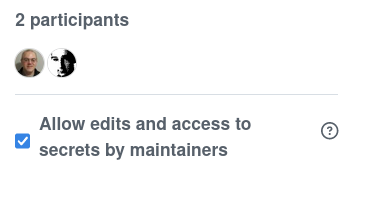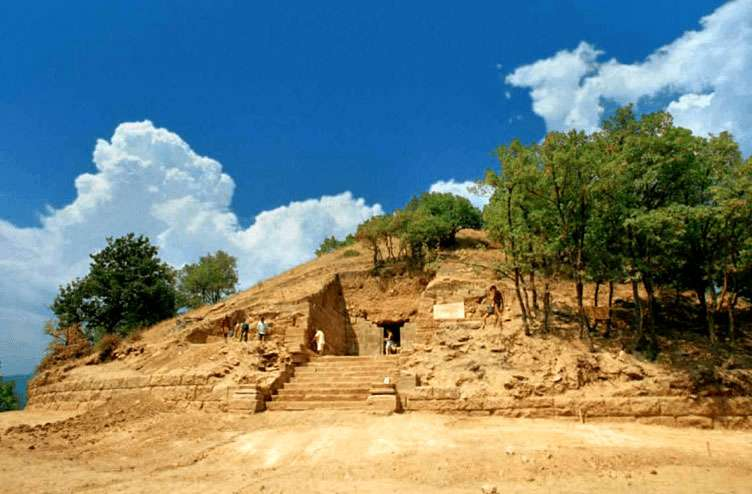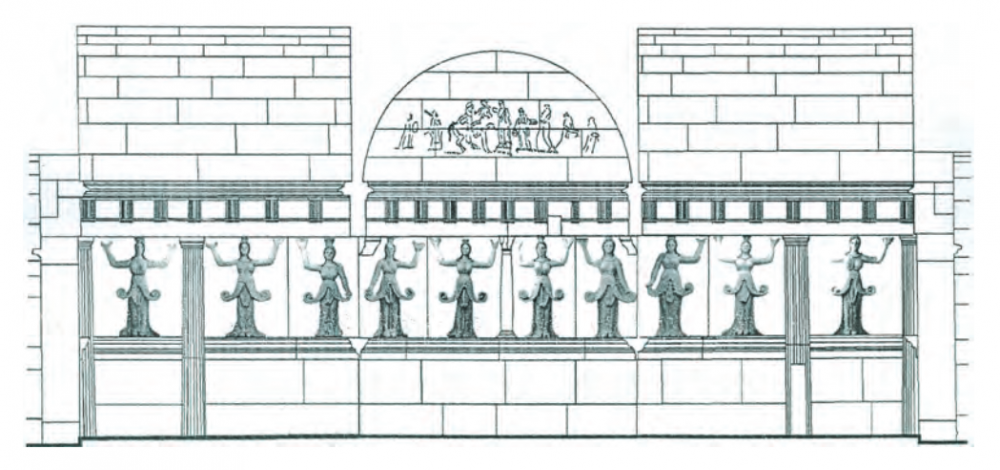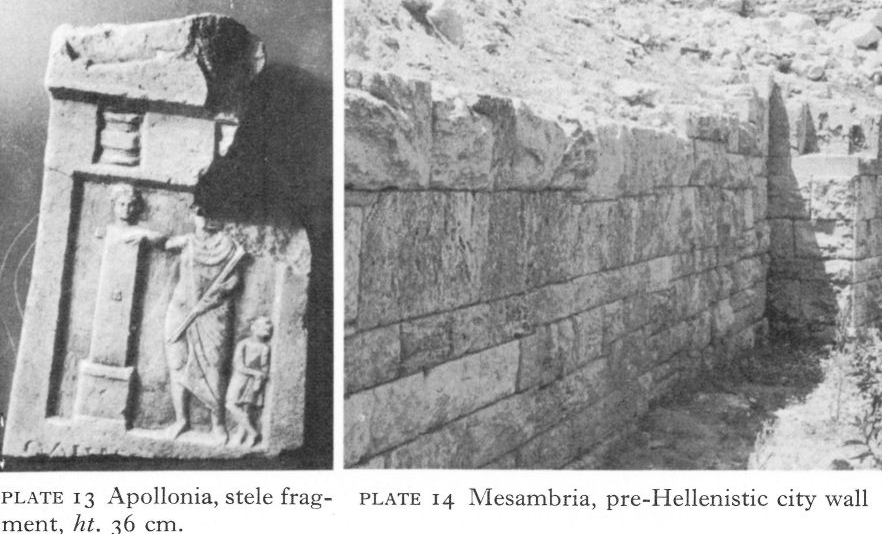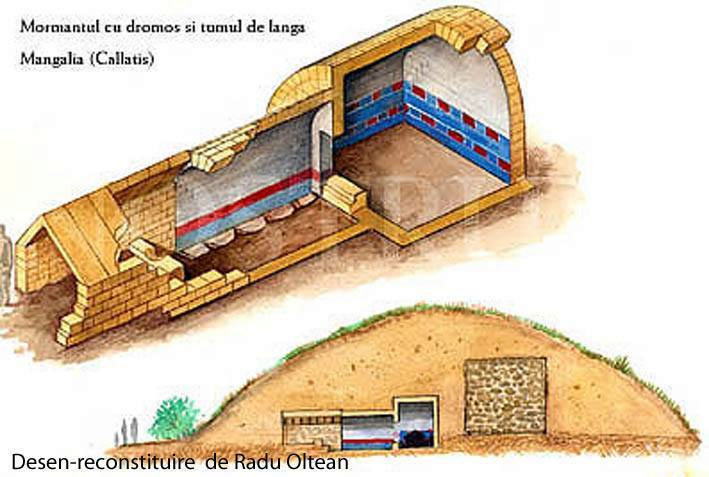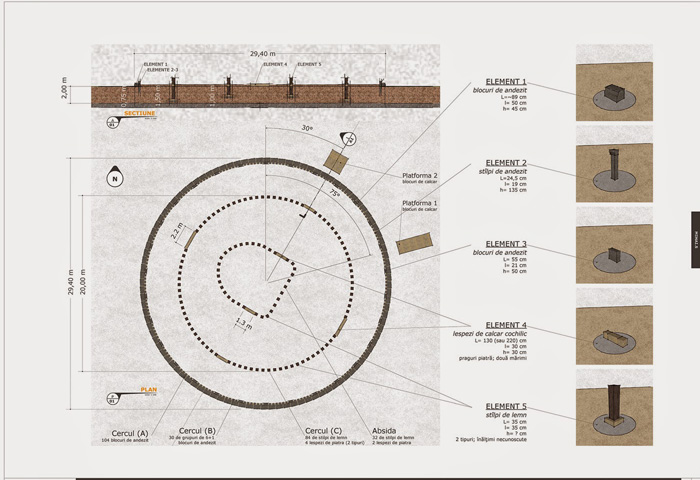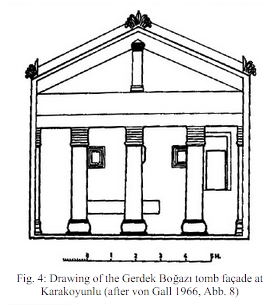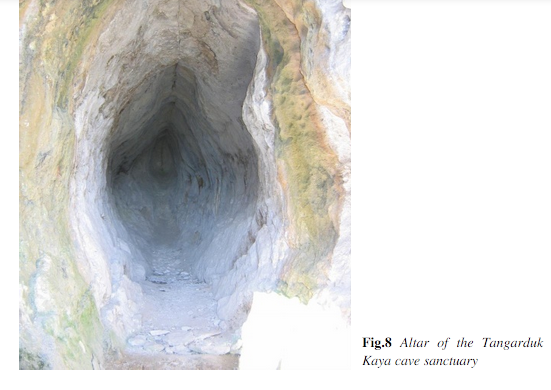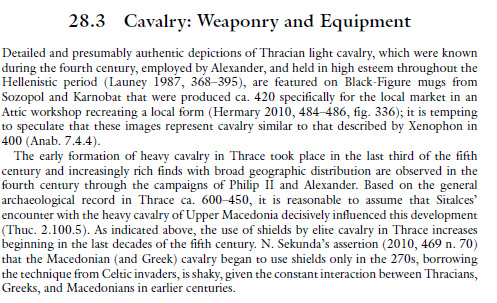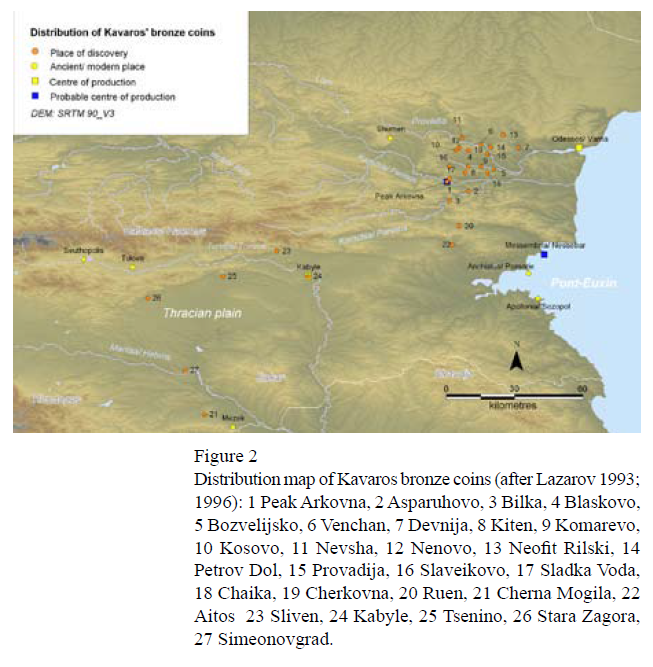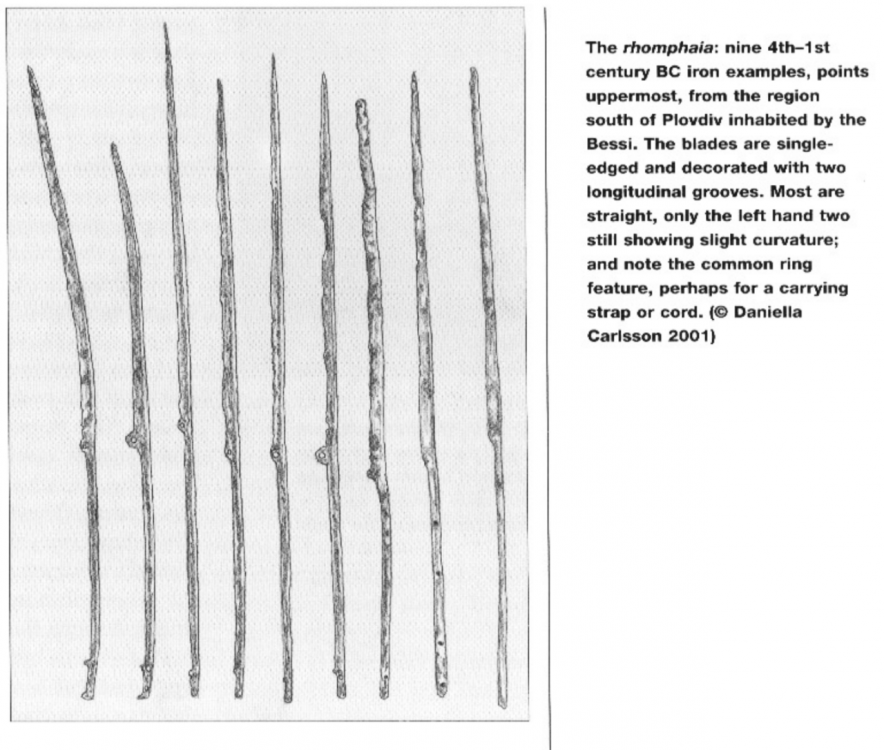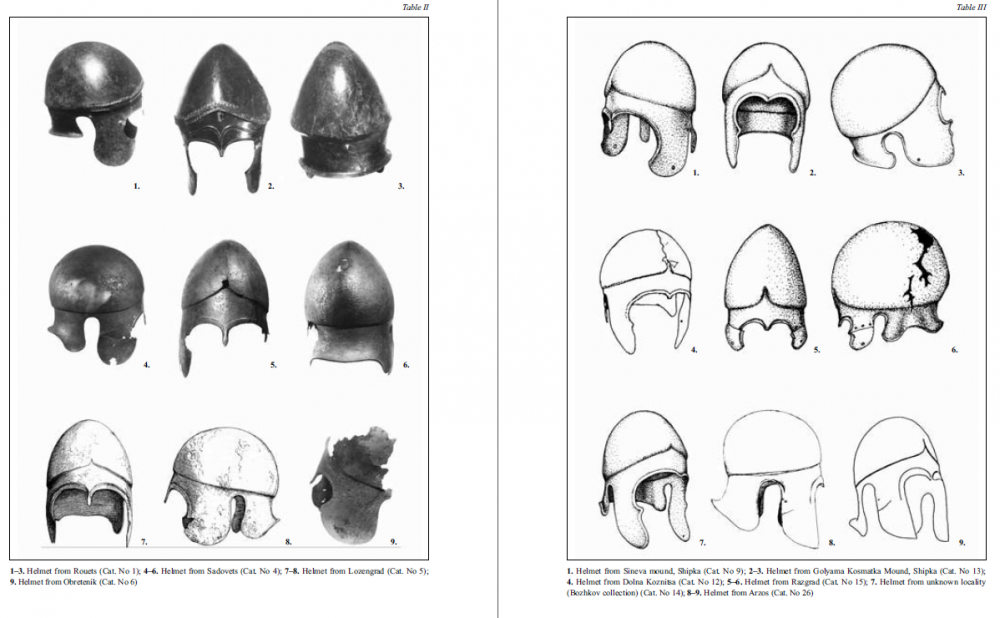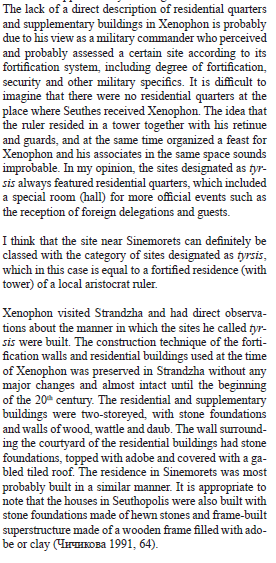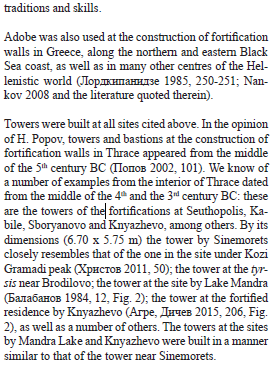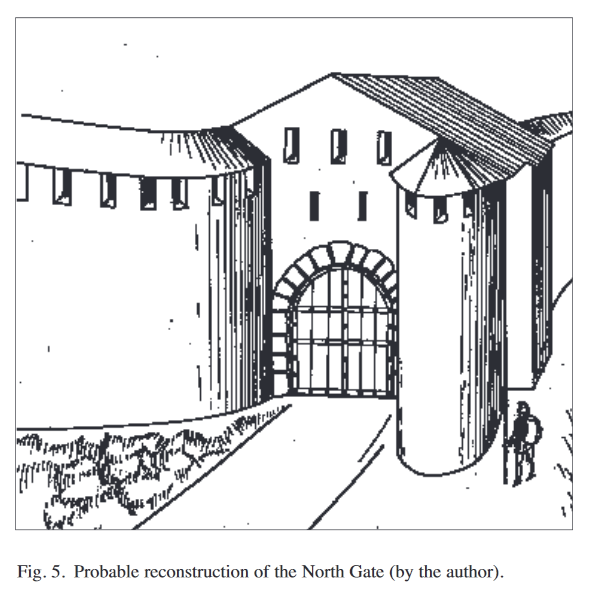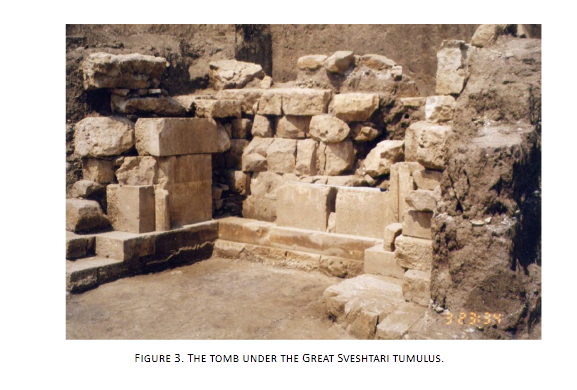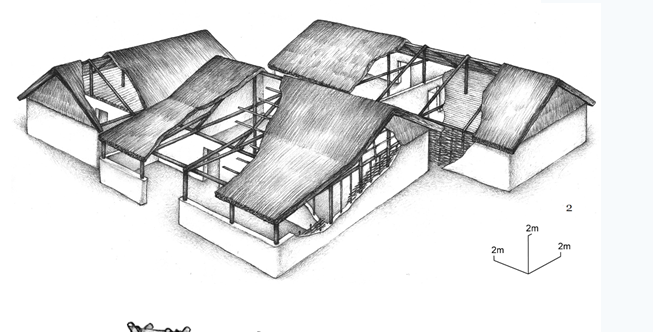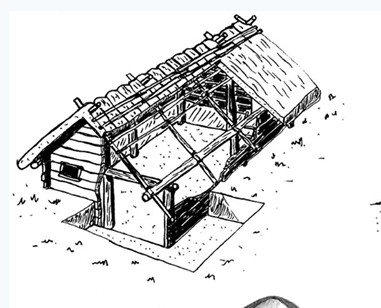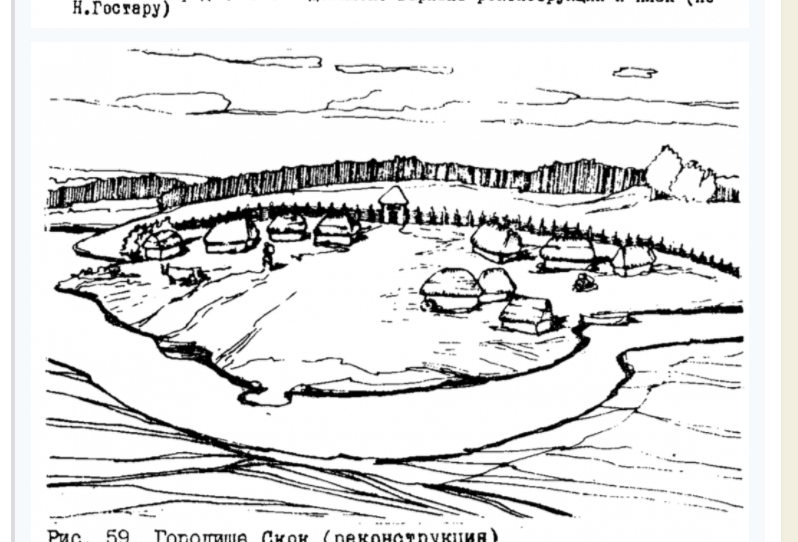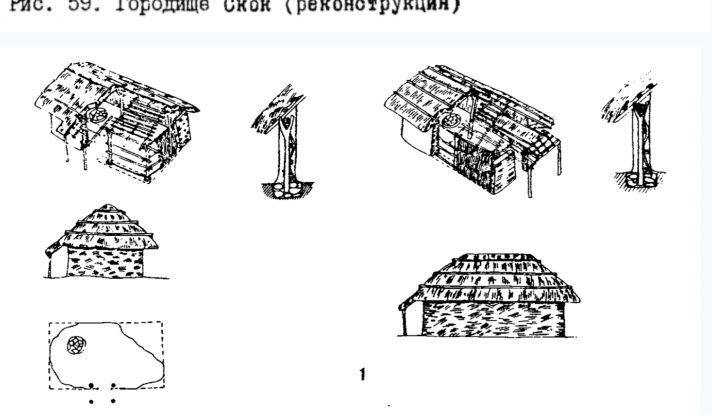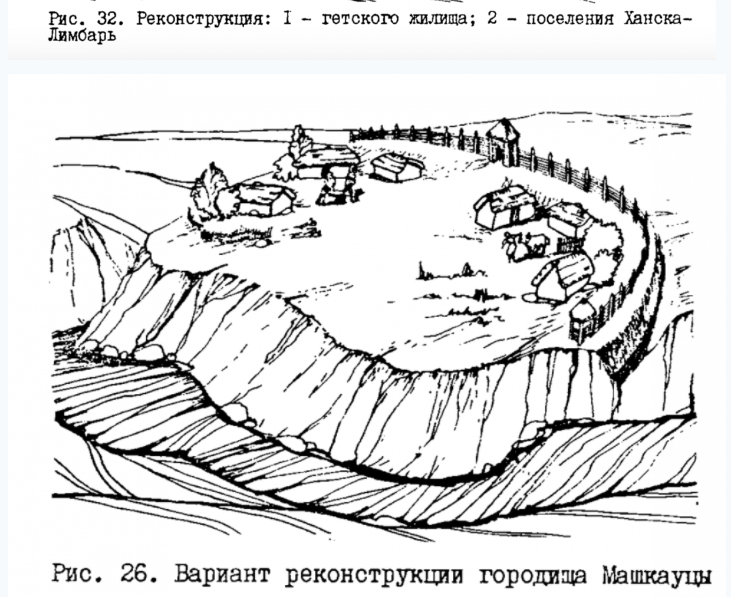Leaderboard
Popular Content
Showing content with the highest reputation on 2021-11-28 in all areas
-
4 points
-
3 points
-
First about the name, i choose the name all my maps from regions, mountains and vulcanos on the Kamchatka peninsula in east-siberia. The objectives of this map are: to publish a random map properly (this is my first map) the artificial opponent prosper (don't get stucked and does attack all the time) fast creation of the map all player have similar opportunities, there are no random mines. Also the position of the bases are calculated geography does have an huge impact on the tactics, basically there are ridges everywhere an abundance of resources forests are so dense, that they can affect the tactics, at the same time it should not be overwhelming. my overall intention is to make as many challenging locations on the map as possible, players should find places all over the map, that are hard to take, where they can dig in Especially for the first topic i would like to have some feedback. Some insides: i use mathematical algorithms for the patterns with a random offset to make every map a little bit different. This should make the map creation fast. the ridges are a spiral from the center, the ridges are distributed evenly on the spiral with a little random offset. This applies on on side of the base you will have blockades, while there openings on another place towns and mines have a zone where ridges are flatted out and another zone where no other objects are places there are mines in proximity to the base and additional mines in places between the players, these places depend on the size of the map povorotnaya.zip2 points
-
By the way, on the argument that Kushites were sourcing exotic animals from regions much deeper into Africa, as far as the then more expansive equatorial rainforests and it's mixed forested periphery, I've recently seen a very interesting claim. On the reliefs of the Persian Apadena, in the scene of the "Aethiopian" tribute bearers, there is a gift of an animal that looks suspiciously much like an Okapi, which nowadays strictly inhabit the equatorial rainforests of northern DR Congo. There are finds of palm oil residue, a product of humid subsaharan Africa, in Ancient Egyptian tombs, so we know there were trade routes linking very far off regions in Africa with the Nile Valley, but could these imports in Meroitic times have also included exotic animals including okapi's and perhaps even forest elephants from South Sudan? Maybe... Anyway, here's an interesting 17h century depiction of elephant mounted warriors near the capital of the Kingdom of Kongo, M'banza-Kongo. Probably/possibly a fantasy, but still interesting Especially in light of the later colonial and post colonial elephant domestication program up-river on/near the Congo river.2 points
-
@Freagarach could you help wackyserious with the changes for A24-25. @wackyserious Good to see you again.1 point
-
When you double click on the hero icon in the top left it will be selected and the cam centers on it.1 point
-
They used something called "Deben", which is a weight unit used for anything from gold, silver and copper, to grains. Basically, specific weights of gold, silver, copper, grains and probably a bunch of other stuff had specific values. So they didn't need coin. And in a time when people had more time, barter isn't so bad anyway. It "democratizes" trade. Also, Kush just wasn't a monetary society but a theocratic one where loyal subjects would be "paid" in housing, rations and luxury goods, and tributes were levied on items like cattle, grain, gold and ivory. In the Stele of Nastasen, an in-game Hero, we actually find mention of their use of the Deben as a measure for gold, even long after the 25th Dynasty. Excerpt from the "Stela of Nastasen from Year 8. Second half of the 4th cent. BC. Berlin Agyptisches Museum 2268. Urk. III.2, 137-152" "I had many levies go against the rebel country of Mayokue. It resisted me, the rebel country, at the Sycomore-of-Sarsare I caused fighting with it. I caused a great slaughter. I had its chief, Tamakheyta, seized. I caused to be plundered all their women, all the domestic animals, gold: 2000 deben-weight, long-horned oxen: 35,330 (head), livestock: 55,526 all that by which people are sustained." Anyway, random addition to the post: Some really nice Nubian music from Egyptian Nubians in Aswan, just north of the border with Lower Nubia. This would have also been the northern border of the Kushite state for much of 0AD's timeframe. A place where the lines between Kushite, Lower Nubian and Egyptian become so blurred it's difficult to tell them apart.1 point
-
Most of the description on the web is outdated. Its better to check structure tree in game for better information.1 point
-
@Thales The women's aura has been removed, it shouldn't be in the description anymore. @Stan` Women have a minor combat capability, for example it's quite common to see them take down rams that threaten the CC. You can double their HP by researching The Loom at a house. But you shouldn't really use women as fighting troops.1 point
-
1 point
-
1 point
-
1 point
-
We'd self host the LFS server as well anyway. It seems the drawback would be that you need to install git lfs on top of git, and you might have to use git lfs pull instead of git pull to get some of the images. It writes the images in a folder iirc?1 point
-
Updating is as far as I know, just drop and replace with no binary diffs present as git just versions the "pointer" to it. I am fairly certain GitHub already charges for LFS if it exceeds a limit, so that's something to consider as well when binary files has long histories as I would assume all copies are kept.1 point
-
That's where the git submodules or git subtree, or 3rd party solution, comes in.1 point
-
There is an important caveat: splitted repos should be in sync via some relation mechanism. Someone doubts?1 point
-
Sure. I'd put the public mod in a repo, the source dir in a repo. Details to solve, art, specifically images may go in a repo too. Optionally, maybe mod gui specific stuff to be separated. I would place a bet on devs getting frustrated over time if images go in the source code repo.1 point
-
Splitting anywhere else than project boundaries is a bad idea IMHO. For the sake of argument let's assume binary assets are an issue or are anticipated to become an issue then lfs is a superior solution to some hand crafted custom setup. For me engine and game are two different projects. Two projects can live in the same repo in theory but it takes a lot of discipline. In practice this rarely ever works. Let's have a look at 0ad premake.lua with the lofty goal of building multiple static libs so they can be used on their own outside of pyrogenesis. In practice there is tight coupling, even plenty of cyclic dependencies, further stuff in third_party was made dependent on pyrogenesis as well. Then look at the directory public, supposedly the game, which contains plenty stuff which belongs to the engine making the engine unusable without the game. The engine having a proper API one day is pretty much out of reach in such a setup. pyrogenesis has 0 cve listed, so the most secure piece of software ever ...1 point
-
This would not, in any way, prevent a SolarWinds scenario - the releases were properly signed in that attack. You'd have to have a second, separate, build chain rebuilding releases to compare output hashes to catch it. What I personally tend to prefer is uploading private (as in, not widely published, not that they're hidden) package repositories. Gitlab, at least, has several built-in package repositories (NuGet, maven, PyPi) that can be used for uploading/hosting these kinds of things, and I believe several other CI systems do as well. And in some cases that's not necessary - recent versions of cmake, I believe, can grab git repositories as project includes (assuming the referenced project also uses cmake). I personally feel no build output should ever be persisted to a repository, and no third-party binaries if you can avoid it. Back when I made my few contributions and also saw the earlier git/svn debates, my feeling was that an artists'/testers' script was the way to go, too. I think my only recommendation here is to make it so that you could pass version numbers to be able to work against a particular build (just stating what I assume was implied). For that matter, it's possible to install hooks into various parts of git (I don't know about svn, but possibly there too) - UnrealEngine, for example, has a script that you're supposed to execute on first clone; thereafter, any time you switch branch or pull updates, it downloads the relevant third-party dependencies and common content. I personally prefer working with git, being a programmer, because it makes diffs and branching so much easier for text assets. In most common cases, assuming submissions are based on branches/pull requests (instead of submitted diffs), there's usually not much visible difference between git and svn, though - it's only once you have multiple people modifying the same file that git and prs really help. Other than switching typing `svn` for `git`, I don't think artists would really be affected.1 point
-
It seems like we haven't done enough "comparison shopping", because I found several CI/CD tools that support Svn, Git, and even Mercurial. Apache's comparison of CI/CD tools How seriously is Svn being considered as a solution? It seems like it is completely possible. The decision process for selecting CI/CD tools would need to be less rushed. These are the options that I would suggest. Tools that support Svn and Git, are actively developed and maintained, and allow self-hosting OpenProject (Ruby) Tuleap (PHP) FusionForge (PHP) Redmine (Ruby The first two options have commits within the past few days. The second two options have most recent commits as of 2 years ago. OpenProject has 359K lines of code, and 4 documented security vulnerabilities since 2017. Tuleap has 1.3M lines of code, and 14 documented security vulnerabilities since 2014. FusionForge has 702K lines of code, and 3 documented security vulnerabilities since 2013. Redmine has 414K lines of code, and 44 documented security vulnerabilities since 2008. Gitlab has 1.6M lines of code, and 601 documented security vulnerabilities since 2013. The only project that seems to encourage their contributors to write secure code is Tuleap. But, they also acknowledge that their codebase is huge, and some parts are 20 years old and probably have flaws. This is part of the basis for my recommendations above for CI/CD tools, listed above in order of preference from highest to lowest. Whatever CI/CD tools we consider choosing, we should do at least a cursory evaluation of how securely they were programmed. After skimming this article, I can see how difficult is is to write secure apps with Ruby. And, PHP wasn't designed with security in mind, so it may also be difficult to write secure apps in PHP. Also, see the guides on SQL Injection Prevention and PHP Configuration, and the OWASP Top 10 categories of vulnerabilities. My opinion of the ranking of web-based languages from most likely to be secure to least likely: Python, Perl, PHP, Ruby, Go, Java. Justification: Python and Go are the only type-safe and memory-safe languages used by CI/CD tools in the lists that I have found. It is not possible to use Go with private modules, so Go requires trusting a third party. Therefore, I consider Python to be the best language, as long as pip is NOT used to install modules. As a result, I recommend using a traditional distro for hosting the CI/CD tools. Java has had numerous articles written about its vulnerability to arbitrary code execution. Apache Bloodhound is the only Python-based CI/CD tool that supports SVN, as far as I'm aware. I don't see active development on it, though. The last release appears to be in 2015. Maybe there are more actively developed CI/CD tools out there that I haven't found. If you know of options that aren't listed on the Apache comparison page, besides OpenProject, then please suggest additional options for us to consider.1 point
-
How about a starting sound to notify when the game starts in game setup/loading screen? Or notify when a player joins the game in gamesetup would be awesome.1 point
-
I wonder if it would be best to continue using svn for the handling of binary assets, and how well it would work to use an svn repo as a git submodule (There are some results when I search "using svn repo as git submodule"). Some of the original quote is missing here, but to the question of whether or not maintainers can edit pull requests: on GitHub as well, it can be done. On a GitHub PR, there's a default option: also, when reviewing the PR(diff), maintainers, or even reviewers with no write access can insert a suggestion, and then the original submitter can click to commit the suggestion. I haven't worked with submodules enough to form an opinion yet whether or not subs are are PITA. I struggle with sometimes just because I don't use them regularly and forget some of the basic git commands for using them. Based on the little experience I have with them so far, I'm of the opinion they should generally only be used -- and it's when they're most practical to have them included as submodules -- if they are completely independent of the project, such as third-party libraries (although there are exceptions). For anyone that hasn't worked with submodules yet, you might want to check out the SuperTux project and follow their instructions for fetching the submodules and building the project. As for pull requests on GitHub, if anyone wants to experiment or practice, feel free to make a pull request on community maps 2. You can just edit any file and add "Hello World" and make your pull request. (Gitlab PRs are pretty similar, as far as I know.) And of course you can also make practice PRs on your own repo, or other repos that already exist for that purpose.1 point
-
What are the current limitations and what are possible solutions for that? The current limitation is that Phabricator is no longer actively maintained by its parent corporation. This is it. This is the only major cause for action that I can see. So, we need to be careful to avoid creating new problems in our suggested approach to solving this major problem What is required from the version control system and CI? Security Reliability Longevity Companies involved are allies of FLOSS instead of enemies Ease of use, particularly for newer contributors Development data is not fragmented Which features are required? A solution for storing binary files What is only nice to have? GPG signing of commits or at least tags and pull requests 2-factor authentication End-to-end encrypted backup of data Easy export of data What are the pros and cons for them? I will address two of the traits that are, in my opinion, key requirements: Security and Ease of Use. Security Solarwinds was hit by malware that targeted the build environment. It was described in some articles as "IT's Pearl Harbor". I encourage people to personally examine the security of the build environment, if only briefly. If you can think of vulnerabilities then so can the bad guys. One step to achieving security of the software supply chain is to cryptographically sign patches or tags and pull requests, as well as releases. Also, a fundamental method of achieving security is to minimize the attack surface. Don't use unnnecessary software, and don't use overly complex software. Some of these CI/CD systems have more than 1 million lines of code. Do you think they've been reviewed? Do you think they've been designed with security in mind? I like the advice, "Trust, but verify." If you weren't involved in the development process of the CI/CD tool, and you haven't read the source code, then you're trusting something but not verifying it. Ease of Use We need to address the wants and needs of stakeholders who are not participating in this conversation, but who are nevertheless valued contributors to the project. We have more than 20 developers and artists, and probably a handful of them have strong IT skills. Visualize a scenario where you have little knowledge about source control system inner workings and little free time to learn about them. You just want to make content or contribute a feature or bug fix. If the VCS is complex with a confusing user interface and inconsistent or invalid metaphors, are you going to spend a lot of time reading documentation and watching tutorial videos in order to contribute your improvements to WFG? Or, are you going to throw up your hands and not contribute the improvements at all? That decision depends on the individual, but the decision about which VCS we use can have an impact on how many contributors we have in the long term.1 point
-
I'd think that too from the file sizes of the images. A dedicated art/image repo might do, included with a submodule even. It takes probably 3-4 submodules given the current source tree, maybe more, depending on preferences.1 point
-
https://dzone.com/articles/git-lfs-why-and-how-to-use Basically it would solve the size issue on the server Don't think you answered my question. How does git-lfs work with the versioning history of binaries? And does a clone automatically inherit the linkage? It is NOT. I tried to make in the first post clear what this thread is about, namely gathering ideas, wishes etc. regarding VCS.1 point
-
The scope of the discussion isn't particularly clear, going by title and poll it seems a debate svn vs git. I'm a proponent of git. For most part either works, and whoever prefers to work with the other can do so independent of what the master repo uses. So what would one gain from migrating to git, there is quite a list but I limit myself to what I think is most important for 0ad mostly based on commit history and what comes to mind right now. Git unlike svn respects authorship. Pyrogenesis/0ad is a volunteer project as such attribution is of paramount importance for many if not most. Git workflows encourage commit often. As such commits are far more likely to be properly split, i.e do one thing only and do it properly. Git workflows don't differ between diff and commit. Often subject and message of the commit are even more important than the code change itself. Using a git workflow both are made part of the review process. With git you push commits. Bad commits, which happens to the best, can be fixed before publicizing. Some points made in this thread I think are worth addressing with a few words. Git and binary handling: Well, the current binaries in tree and their history are a non issue when using git. Stan mentioned lfs, there are other means of binary handling as well, all with their own pros and cons. Discussing them might make sense but can be ignored just as well. Autobuild: It's _very poor_ practice to store build artifacts in the repo irrespective of vcs. Also last I checked there were more Linux than Windows users therefore we need to replace them immediately with Linux binaries to maximize the use for our users. A proper solution if people want to use prebuilt artifacts is to add a script which fetches them from CI. This would work for any commit and not just selected ones plus for all supported platforms. Regular proper pre-releases for testing could be provided as well, so pure testers wouldn't even have to bother with a vcs at all. Split repo: If pyrogenesis/0ad is considered an engine plus a game and not just a game a split is almost mandatory. We can have a very lengthy discussion about this but is out of scope here. First, yes, a proper split is more complex than putting public into it's own repo. Second, as for why spidermonkey as a dep sucks for us/distros is to a large part that it's in the same repo as firefox.1 point
-
Many times in game, a player can tell when one player or the other advances to p2 or p3 or builds a new base just purely because they had pre-scouted the land, I believe it isn't fair as it wouldn't make sense for the enemy to know the territorial claim of your land without going to check it again, this would be a balancing request what is everyone's Thoughts on this?1 point
-
Isn't possible yet. But it is something requested and quite thought out. It will probably be included as advanced diplomacy options.1 point
-
1 point
-
Sorry these are political times. We are going elections this year in my country.1 point
-
I'm working with him to fix the lusitanians first. The models are not game ready...1 point
-
Please can you send me these models? The are amazing and I would like to implement them into the mod. Thanks.1 point
-
1 point
-
Buenas ; -Creo que la facción tracia podría ser la excepción a la regla de que los edificios no cambian en cada fase , ya que hay muchas referencias diferentes para los tracios y al mismo tiempo el intento de introducir a los Odrisios que eran tracios pero con una arquitectura diferente me hace pensar que para ellos si podría ser posible esta cualidad. También podría ser una Bonificación de facción , que en cada fase los edificios fueran un poco más duros ya que los elementos de construcción son más resistentes pero también un poco más caros. Edificios para la "Fase 1" de 3 fases; (Las estructuras también podrían cambiar de formas al cambiar de fase no solo lo harían las texturas) -Almacén ; -Casas; -Centro urbano; -Corral; -Cuartel; -Granja; -Murallas; -Puerto; Torre defensiva pequeña; -Aldea; (No añadí decoraciones porque eso lleva más tiempo y quería presentar mi idea lo antes posible y si es descartada pues no perdería el tiempo con algo que no va a hacerse realidad y si es aceptada los incluiré) Referencias; -(esta última es la referencia para los colores) Disculpen las molestias*1 point
-
@Duileoga No creo que tengas que preocuparte demasiado por esto. Las fuentes arqueológicas son débiles en las viviendas rurales de Tracia. Hay vestigios que sugieren casas de paja, ladrillo o piedra. Hay casas más bárbaras como palacios a la moda griega. Creo que la forma más sencilla es partir de casas rectangulares con paredes de piedra y techo de madera. Un poco así o así. Inspirado por eso. También puede inspirarse en el edificio producido por Lion.Kanzen como centro cívico. Para analizar este edificio, diría que las escaleras son inútiles y que las columnas no deberían estar a tal altura. Pero la idea de un recinto es coherente con lo que sabemos de los príncipes tracios. Vivían en pequeñas fortificaciones, amaban el estilo de vida griego, les encantaba festejar y recibir invitados para mostrar su riqueza. Conocemos un ejemplo concreto de un pequeño edificio aristocrático de arquitectura griega, el Palacio de Seuthopolis. Uno podría imaginar reemplazar las escaleras y el templo en el modelo de Lion.Kanzen por una casa de varios pisos con columnas en la fachada frontal, inspirándose en el Palacio de Seuthopolis. Después de todo, encontramos esta idea en villas romanas que copiaban la moda griega, a veces con varios pisos. Para hacer más "tracia", podría ser posible agregar decoraciones similares a las de la tumba tracia de Svechtari. https://en.wikipedia.org/wiki/Thracian_Tomb_of_Sveshtari1 point
-
Buenas Ya terminé con los bocetos de "Lusitanos" que ya subí a su Tópico y ya estoy terminando los bocetos para Arsácidas/Arsacids ; Me gustaría ponerme ahora con los "Tracios/thracians" (sin influencia griega por ahora) , pero tengo muchos problemas para diferenciarlos de los "Dacios/Dacians" ¿ Alguien me podría enviar información por privado (mensajes) de los tracios (edificios) y sus fuentes para hacer los bocetos?(con esa ayuda tendré varios los bocetos solo en unos días) DISCULPEN LAS MOLESTIAS*1 point
-
Ceremonial does not mean symbol (although the Labrys is both). Yes it is a functional tool for religious ceremonies like in every other indo-european cultures. We have the same issue with the Celts, we found a tremendous amount of axe-heads in settlements, but they are generally associated to ceremonies when they are outside a domestic context. Try to apply this hypothesis and this reasoning to other civs, the Romans use axe-heads in ceremonies too and it doesn't mean they commonly use axes on the battlefield. Seeing the "barbarians" as functionally different from other civ is a bias. More functional for the battlefield? Really? Did you have an idea of the weight of such an axe-head and the imbalance in wielding such weapon? Against something that fights back, this is suicide. Look at the evidences for KNOWN and ATTESTED battle-axes among other cultures and contexts, generally the axe-heads are smaller or thinner. Even the viking axes evolved to lighter forms to resolve this issue, even the two-handed axes tend to be lighter over time because that's really impractical. They made thinner heads or with a narrower blade to lighten and increase the balance of the weapon. The design of this Labrys is horrible, the blade is far too thick for a proper use on the battlefield. In comparison, a broadaxe is far more lighter because the head is hammered to have a thin piece of steel. So a fat double-bit axe, that's not credible as a weapon. Since Bulgarian archeologists are often involved in very unethical actions and claims, I will stick to a skeptical view unless there is a convincing evidence. That's generally an undesired effect of community-based projects. But I rose the issue with intent because I know this is a way to get attention. I want simply to avoid a common situation when someone took a considerable time to produce something for a project and people start expressing their opinion on the concept only at the end when most of the work is done. That's not a rule, this is simply a consequence of human behaviors. That's, I think, the core of the issue, finding something that could fit for both Hellenistic inspired structures and the common structures of the inhabitants. That's why I am reluctant about a design based entirely on wood because I see it as an impossible equation to solve. Ideally, if we want to honor the Thracian culture, we should be able to include a Royal tomb or/and a rock-cut monument. Either as a wonder or as a functional building. Personally I find interesting your references posted previously because it depicts houses built with bricks and stones as something in use for the commoners: My point was not about that, this is simply an issue with the iron age in general: a house is a house. The basic structure of any settlement can look very similar along different cultures. My point was on the design and on the variability of the references in the same culture. You have a few stones in Dacian structures, as there is stone for the Gallic structures as well. But that's not the point! I am trying to talk about the guideline, the general direction of a design, the features one should easily see*. There is no way the Dacians would not have their design based on wood. Yes there would be a few stones, but most would be wooden. This is a problem of texture and coherence in the visual representation of a civ in a game. Contrary to the Dacians, the Thracians had very contrasted urban centers. Creating nice looking design for the structures is not something easy and if there are several civs based on wood and wattle-and-daub, it could become challenging at the end. *illustration Anyway most of the game is inevitably depicting the elite oftener than the commoners. This is the case for all the civ currently.1 point
-
We still need the following for this mod. CIVILIZATION BONUS TEAM BONUS HEROES CHAMPION UNITS1 point


.thumb.jpg.b21ca1d0c15fb56b42c39b25a0a40815.jpg)

.thumb.png.ce58cea22940c255f5b0a735d5abee36.png)








.jpg.933813888bb58ecae48970b8a25bccf6.jpg)

.thumb.jpg.b85f1db9873287a0d10cd2c7e88579c0.jpg)







